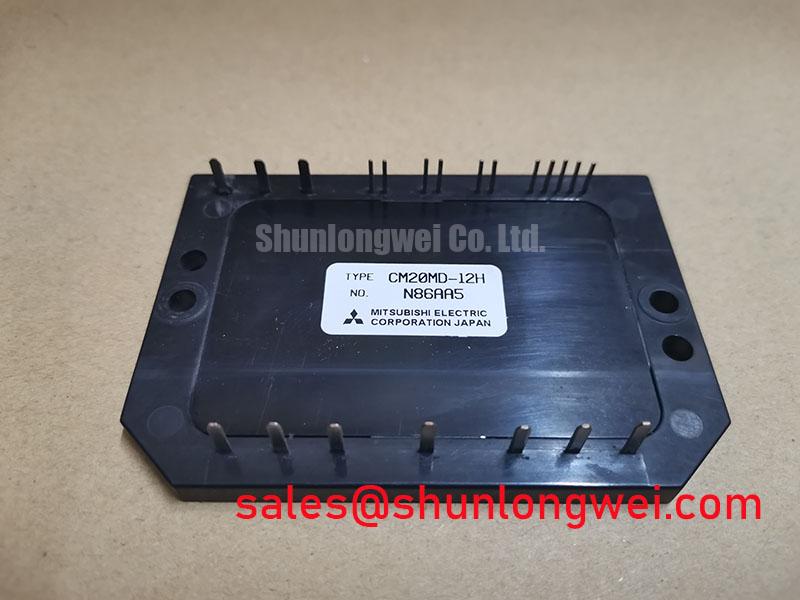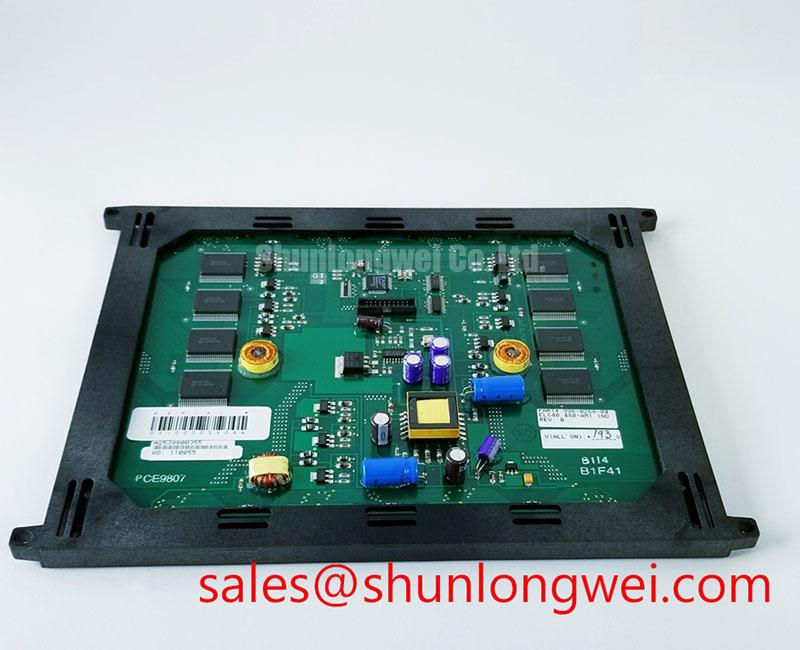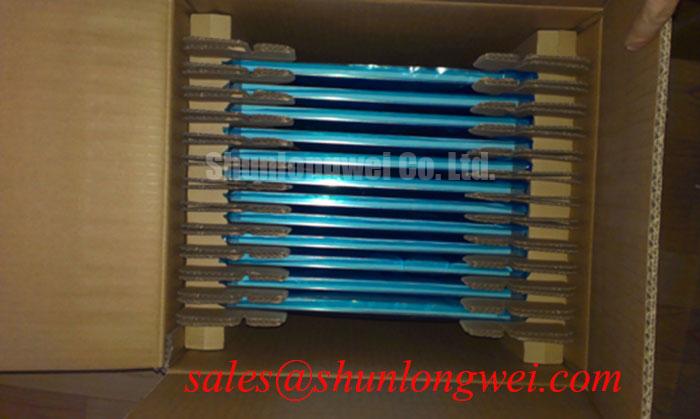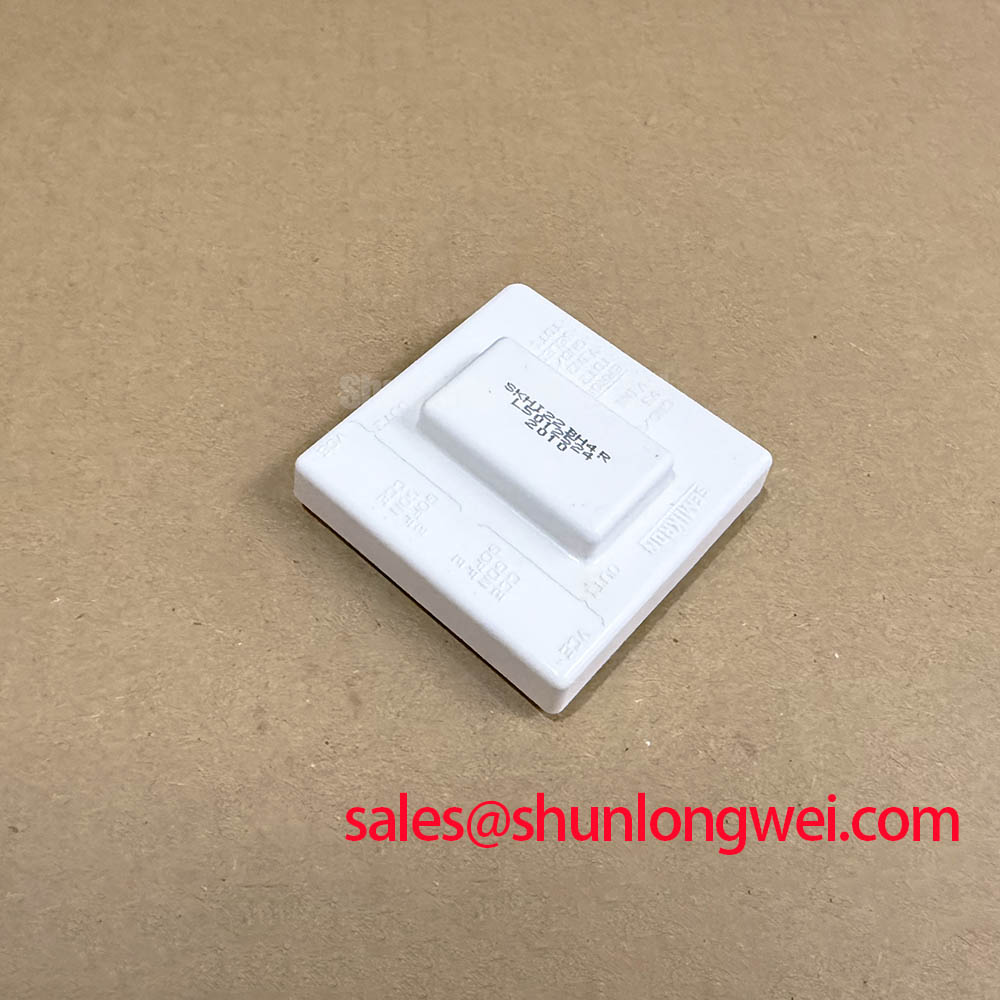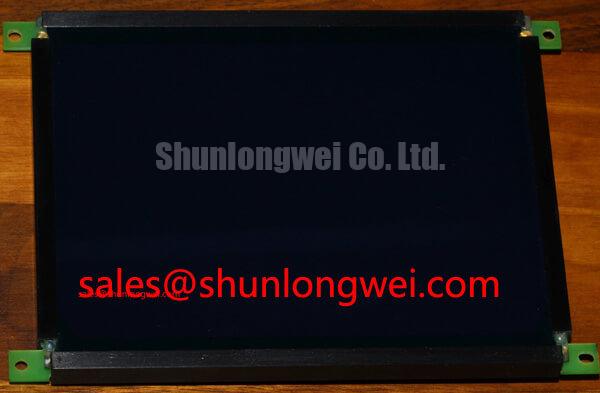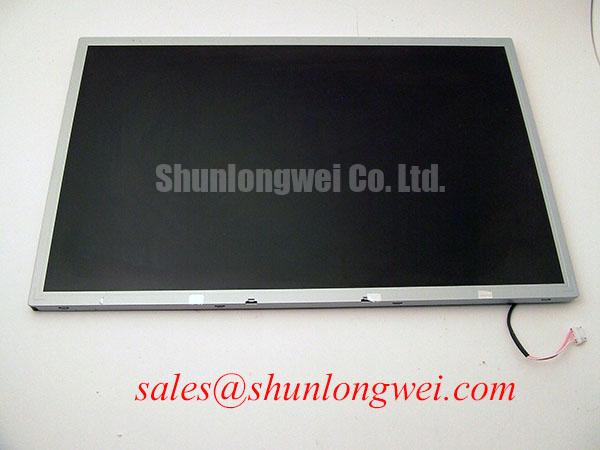CM20MD-12H: Integrated 7-Pack IGBT for Compact Drives
Streamlining Power Stage Design with an All-in-One Solution
The Mitsubishi CM20MD-12H is an integrated CIB (Converter-Inverter-Brake) module designed to dramatically simplify the power stage of low-power motor drives. This component consolidates a three-phase diode rectifier, a three-phase IGBT inverter, and a braking chopper into one compact package, providing a streamlined path to a smaller system footprint. With core ratings of 600V and 20A, it offers exceptional design efficiency and simplified thermal management. How does this integration reduce complexity? By combining multiple power stages, it minimizes external component count and complex PCB routing, directly accelerating the design-to-production cycle for compact drive systems.
Data-Driven Benchmarking for Your Application
In power electronics, selecting the right module requires a careful review of its specifications against the application's demands. The CM20MD-12H presents a specific set of characteristics tailored for integrated drive solutions. As an independent distributor, we provide this data to empower your decision-making process without making direct recommendations.
The key trade-off often involves integration versus modularity. The CM20MD-12H offers a high level of integration, which is ideal for applications where space and assembly cost are primary constraints. For systems that demand higher current handling or more customized thermal strategies, exploring discrete components or higher-power modules may be necessary. For instance, systems requiring greater current capacity could be evaluated against options like the CM100DY-24H, which provides a different current and voltage class. A thorough analysis of your system's load profile and thermal budget is crucial. For an in-depth guide on interpreting these parameters, see our article on decoding IGBT datasheets.
Engineering Questions on the CM20MD-12H Answered
- What is the primary benefit of the CM20MD-12H's 7-in-1 integrated topology?The primary benefit is system simplification. By housing the AC-DC converter, DC-AC inverter, and brake chopper in a single module, it drastically reduces PCB complexity, component count, and assembly time, which is invaluable for developing compact and cost-effective motor drives.
- How does the built-in thermistor facilitate thermal management?The integrated thermistor provides a direct, real-time temperature feedback signal from the module's substrate. This allows the drive's control unit to implement precise over-temperature protection and thermal rollback strategies without the need for mounting and wiring an external sensor, simplifying the design and enhancing system reliability.
- Is the 600V VCES rating sufficient for 240V AC industrial applications?Yes, a 600V collector-emitter voltage (VCES) rating provides a standard design margin for applications operating on a 200-240V AC line. This ensures the IGBTs can safely withstand the DC bus voltage levels, including transients typically found in such industrial environments.
- Can the CM20MD-12H be used for high-frequency switching?Yes, the datasheet indicates it is suitable for high-frequency operation, typically in the 20-25 kHz range. This capability is enabled by its low VCE(sat) and the use of discrete super-fast recovery free-wheel diodes, allowing for smaller filter components and quieter motor operation.
Where Integrated Power Stages Deliver Maximum Value
The all-in-one architecture of the Mitsubishi CM20MD-12H makes it an excellent fit for specific industrial and commercial applications where design footprint, assembly efficiency, and reliability are paramount.
- AC Motor Control: Its complete power stage is perfectly suited for compact Variable Frequency Drives (VFDs) controlling small induction motors, such as those in conveyor systems, fans, and pumps.
- Motion/Servo Control: In robotics and automated machinery, the module's small size and integrated nature enable the design of compact servo drives that can be placed closer to the motor, reducing cabling and improving dynamic response.
- General Purpose Inverters: For developers creating standardized, low-power inverter platforms, the CM20MD-12H offers a plug-and-play power section that accelerates development and simplifies inventory management.
What is the key advantage for servo systems? Its consolidated design reduces electrical noise loops and simplifies assembly, contributing to higher precision. For VFDs operating on 240V lines where space is tight, the CM20MD-12H's 57W power dissipation and integrated feature set make it a technically sound choice.
Key Specifications for Streamlined Integration
The following parameters are crucial for system designers evaluating the CM20MD-12H for their next project. These values are extracted from the official datasheet to ensure accuracy for your engineering calculations.
| Parameter | Value |
|---|---|
| Collector-Emitter Voltage (VCES) | 600V |
| Collector Current (IC) | 20A |
| Collector Power Dissipation (PC) | 57W |
| Gate-Emitter Voltage (VGES) | ±20V |
| Maximum Junction Temperature (Tj) | 150°C |
| Topology | 3-Phase Converter + 3-Phase Inverter + Brake (CIB) |
For a complete list of specifications, please refer to the product's official datasheet.
Inside the CM20MD-12H: A Look at Its Integrated Architecture
The engineering value of the CM20MD-12H extends beyond its base specifications. Its internal design choices directly translate to tangible system-level benefits.
The module's architecture can be compared to a "Swiss Army knife" for low-power electronics. Instead of carrying separate tools—a rectifier, an inverter, and a brake circuit—a designer gets them all in one robust, thermally-managed unit. This not only saves physical space but also intellectual resources, as the complex task of component matching and internal layout is already optimized by the manufacturer.
A critical, yet often overlooked, feature is the low collector-emitter saturation voltage (VCE(sat)). This parameter is a direct indicator of conduction losses—the heat generated while the IGBT is on. A lower VCE(sat) means less energy is wasted as heat, which simplifies the heatsink design and improves overall system efficiency. This is akin to having a wider pipe for electricity to flow through; the less resistance it encounters, the less energy is lost along the way.
Furthermore, the inclusion of discrete super-fast recovery free-wheel diodes (FWDs) is a key enabler for its high-frequency performance. These diodes are optimized to turn off quickly with minimal energy loss, which is essential when operating at frequencies like 20-25 kHz. For further reading on the relationship between discrete components and integrated solutions, consider this analysis on IPM vs. discrete IGBTs.
Deployment Snapshot: Compact Servo Drive Integration
A notable deployment of a module with this architecture is within compact servo drives for CNC machinery. In this environment, multiple axes of motion are required, and cabinet space is at a premium. By using an integrated CIB module like the CM20MD-12H, engineers were able to shrink the footprint of each axis drive by over 30% compared to a solution using discrete rectifiers and separate IGBT modules. The simplified assembly process also reduced production line time, while the isolated baseplate allowed all drives to be mounted to a single, common heatsink, further streamlining the mechanical design.
The Strategic Advantage of Module Consolidation in Modern Drives
The trend towards distributed automation and more compact machinery places immense pressure on component size and design efficiency. The CM20MD-12H directly addresses this industry shift. The consolidation of a complete power stage into a single module is not just an engineering convenience; it is a strategic advantage. It allows OEMs to develop more modular and scalable product families, where a single, pre-validated power core can be deployed across multiple products. This approach minimizes redesign efforts, simplifies supply chains, and accelerates time-to-market, positioning companies to better compete in the fast-paced industrial automation sector. For more information on the manufacturer, visit the Mitsubishi Electric power devices page.
As Industry 4.0 drives intelligence closer to the edge, the demand for compact, reliable, and easy-to-integrate power solutions will only intensify. The CM20MD-12H exemplifies this evolution, offering a forward-looking architecture that balances performance with the practical need for design simplification and system-level cost reduction.

